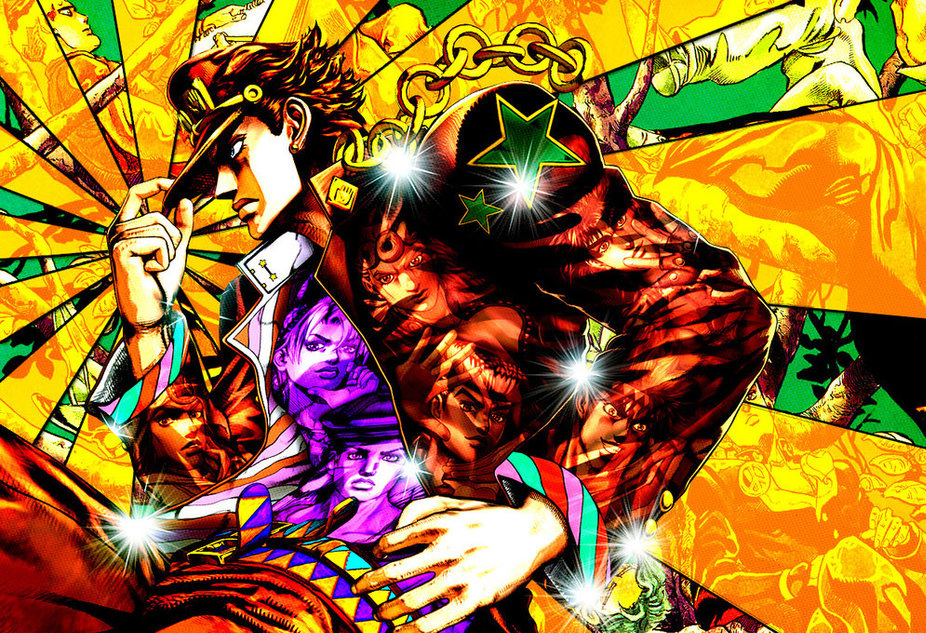
If you want your reader to see the final picture, you need to see the shape of each component and fit them into their proper place.ĭoes anyone else feel like this puzzle piece is closing a hole in the universe or something? Just me? Too much Dr.

The components of plot are like puzzle pieces. So how do you build a plot with this cause-and-effect thing? Fortunately, the answer is simple: you break plot down into its components. In other words, it’s not just a recitation of facts the facts you include in your plot each have a purpose, putting a character into a situation where they must make a decision and pulling the story toward its conclusion. Plot is about cause and effect, but, most importantly, plot is about choice, a character’s choice. It follows a format that sucks readers in introduces characters, character development, and world building and compels readers to keep reading in order to satisfy conflict and answer questions. These aren’t disconnected facts this is actually a miniature plot. Hemingway’s famous six-word story is an amazing example of plot: “For sale: baby shoes, never worn.” Why are they for sale? Because the baby never wore them (and oh, it’s so sad). The king died and then the queen died of grief is a plot because it’s causal and connected.The king died and then the queen died is a story.Or again: ‘The queen died, no one knew why, until it was discovered that it was through grief at the death of the king.’ This is a plot with a mystery in it…” The time-sequence is preserved, but the sense of causality overshadows it. ‘The king died, and then the queen died of grief,’ is a plot. ‘The king died and then the queen died,’ is a story. A plot is also a narrative of events, the emphasis falling on causality. We have defined a story as a narrative of events arranged in their time-sequence. The mouse ate a cookie and then asked for a glass of milk is a plot because it’s causal. Forster makes a distinction between in his book, Aspects of the Novel.Ī story is just an event, almost a recitation of facts. The mouse ate a cookie isn’t a plot-it’s just a story (albeit a cute story).Ī plot, requires cause and effect. There's a difference between story and plot, something author E.M. You can learn more about each below or in my new book, The Write Structure. Even skilled writers who do not use these intentionally are incorporating them into their writing subconsciously because they are what brings movement, conflict, action, and life to stories. These elements are the major events in a story, and they're essential in all creative writing, whether you're writing a novel, screenplay, memoir, short story, or other form.


We will define each below, but here are the six elements of plot: What are the 6 Elements of Plot and Structure

Plot is a sequence of events in a story in which the main character is put into a challenging situation that forces them to make increasingly difficult choices, driving the story toward a climactic event and resolution. This article contains an excerpt from our book The Write Structure, which is a timeless approach to storytelling and structure. You can read the guide below or watch the video lesson here: Finally, you'll learn exactly how you can use your new understanding of plot in your own stories. We'll also look at several plot diagrams to better understand how plot works visually. We'll touch on story arcs, the different shapes a plot of a story can take. To do this, we'll look at a few examples of how these elements work in bestselling stories. I'll share a broad definition of plot, then dive into the approach we use at The Write Practice (called The Write Structure), and finally you'll learn the six elements of plot that make stories entertaining and memorable. In this guide, we're going to talk about plot in literature. But what is plot, and how do you craft one into a great story? To do that, though, you need to have a great plot. You want readers to love your story, to pick up your book and be so immersed they won't be able to put it down.


 0 kommentar(er)
0 kommentar(er)
